Fads sweep sports like blight to a crop, or like rain to a field. The pattern is one we’ve all seen many times: early adopters become evangelicals that spread their enthusiasm with infectious energy, good cheer, and the promise of something new. For mountain biking, it was, briefly, single speeds, for skiing telemark and, for beer, the taste of hops.
For fly fishing, a sport long-known for quiet reflection, the fad has, oddly, been speed. Let’s take a brief tour: greenheart gave way to bamboo, which gave way to fiberglass, which gave way to graphite which, in turn, bred with boron and a variety of compounds. Along the way, full-flex rods gave way to medium action which, once sampled, fueled the development of ever faster actions. What they promised was the ability to cast further, to cast in a hard wind, and to do it faster. Always faster.
What this meant was that rods traded feel for being fast. Casting became less responsive and more propulsive. Fishing become more about power and distance over accuracy, touch, and skill.
For mountain biking and skiing, single speed and telemark skiing were, in some ways, throwbacks to simpler times in the evolution of their respective sports. It’s as if these sports got to a certain point in their pursuit of technology and realized that sports are, after all, human endeavors: they have a heart and, for many, a soul.
The same is true of fly fishing. The recent resurgence of fiberglass may yet be a fad, but I hope it isn’t. I was as guilty as many in my love of graphite: I built big rods — an 11 weight fast spey rod, even — and came to love them for what they can do, in the right place at the right time. But my favorite rods are the ones that, if you listen, they force you to slow down: the 5 weight bamboo trout rod my dad made for me, for instance. The bamboo Atlantic salmon rods made by my friend Marc Aroner at Spinzoa Rod Company. And, now, I’ll add a favorite: some single-hand fiberglass rods. (The jury is still out for me on double-handed fiberglass rods.)
And so it was a great joy to recently test the Thomas & Thomas Heirloom, which was given to me by the guys at T&T after my recent visit to their headquarters. Here’s my review:
Thomas & Thomas Heirloom 5 Weight
Material: Fiberglass
Color: Adirondack-green blank
Wraps: Chestnut
Stripping guide: Solid carbide stripping guide
Grip: Cork, western grip
Reel seat: Uplocking bright milled aluminum
Spacer: Bubinga
Pieces: 3
Weights available: 3-5
Lengths: 7’6″ – 8’0″
First impressions aren’t always reliable, but this is a rod that telegraphs its quality. The deep emerald green of the rod is matched beautifully by the chestnut wraps and the bubinga (a fine grained hard wood from West Africa) spacer. A really nice touch is the reel seat, which sparkles and has a “T&T” engraving on the locking band, plus some other fine details. This is a nice departure from some of T&T’s other reel seats which, while entirely fine, are nothing to write home about. In contrast, this is nice work. As Cameron at The Fiberlgass Manifesto wrote “I have long thought that the look of the Heirloom series is striking.” Agreed; in all these details, T&T shows its history of craftsmanship in the presentation with this rod.
The grip is simple: it’s a western grip, with a slight taper at the front, and a slight flair at the reel. This suits me fine — I grew up fishing simple cigar grips, and build all my single handed grips the same way now. The simpler, the better, I think.
The action is where this rods shines. T&T’s website says that the “Heirloom Series is designed to replicate bamboo’ s classic action in rich fly fishing tradition.” It refers to the action as “subtle.” This may all read as a bit much, and in some ways it is; bamboo has a feeling that is sui generis. But this rod makes the finest attempt at imitation I have felt; it slows you down, it flexes, and it responds.
Some reviews of this rod have suggested that it’s best at medium distances. I don’t entirely agree; I found it to be agreeable at all reasonable distances. In close, you can control the placement. At medium distances, it built a nice flex. But when pushed, it responded — you just have to slow down. Give it time to flex, rebound, and transfer energy.
By far, the most consistent criticism has been the price: at $790 this is a pricey fiberglass rod. Relative to other fiberglass rods, that’s certainly true. But this is a great rod, and worth the price.
Of course, as the son of a bamboo rod maker, I am biased; I like the fiberglass trend, and at $790 the action approximates rods that go for $7,900 or more.So, if you’re looking to slow down, connect to roots of the sport, and have a rod that you’ll go back to after the trends fade, I’d suggest you try the Thomas & Thomas Heirloom. If nothing else, you’ll at least look good casting it. It’s a beauty.


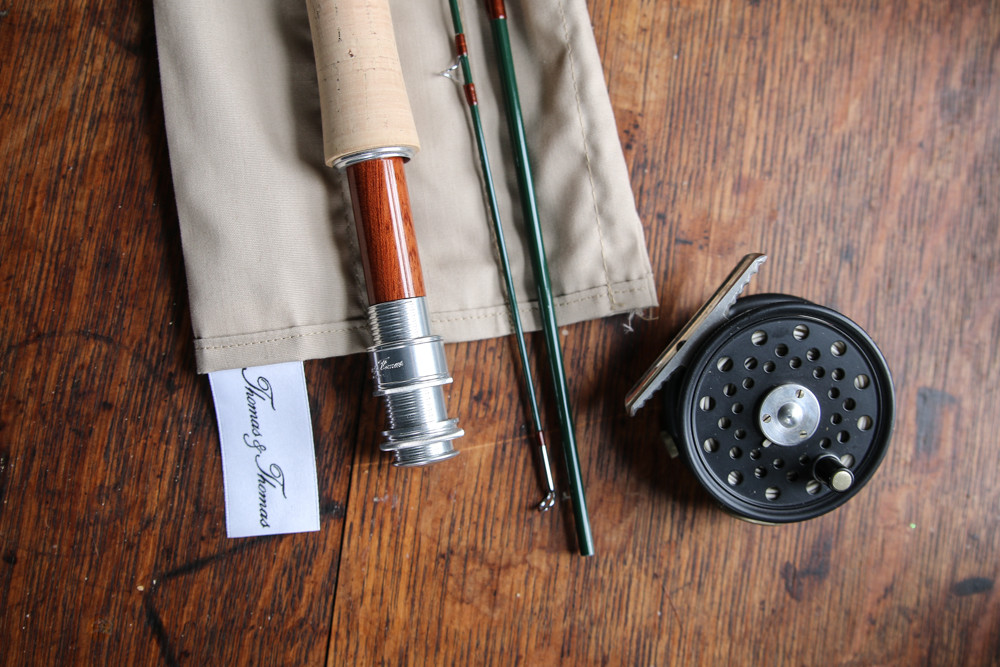
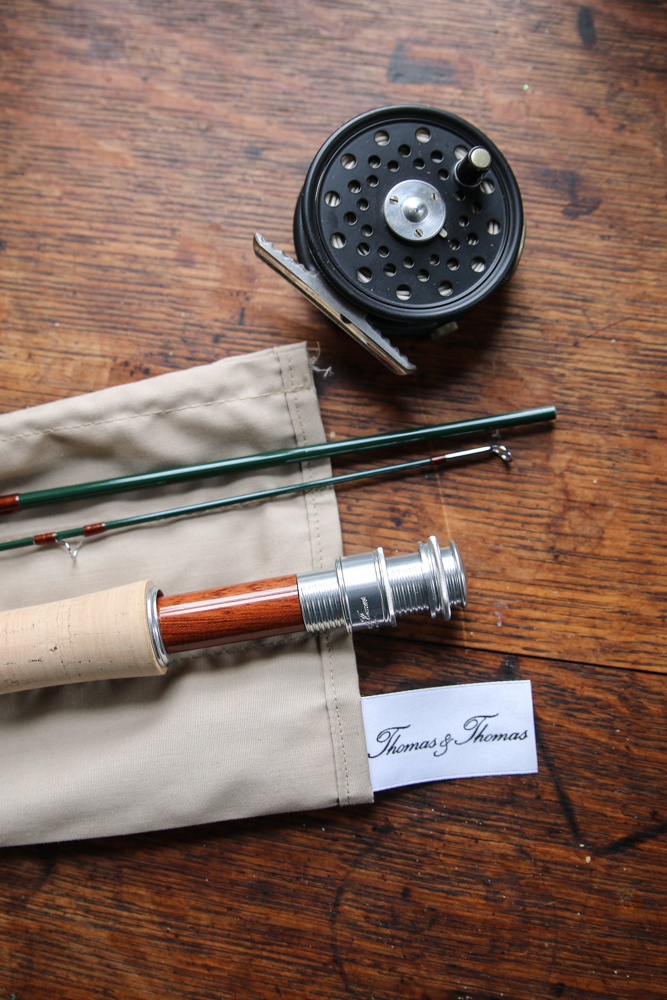
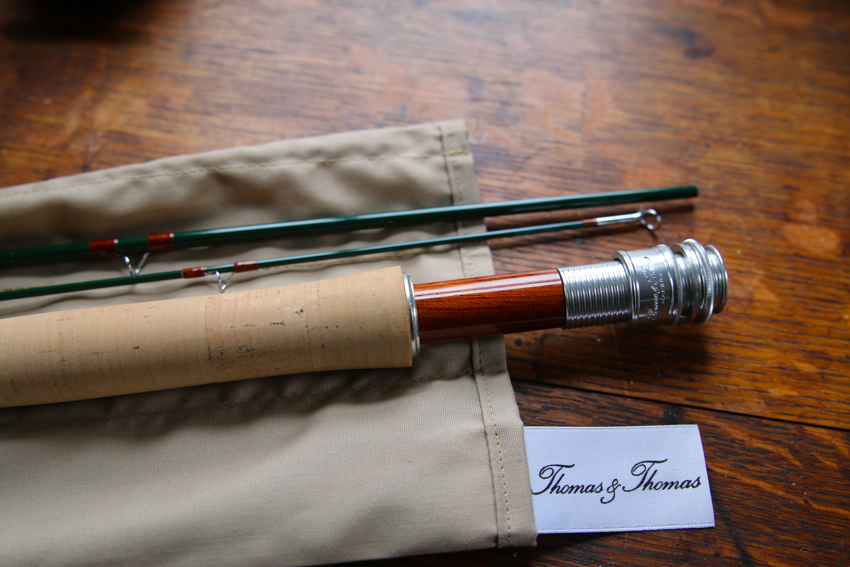
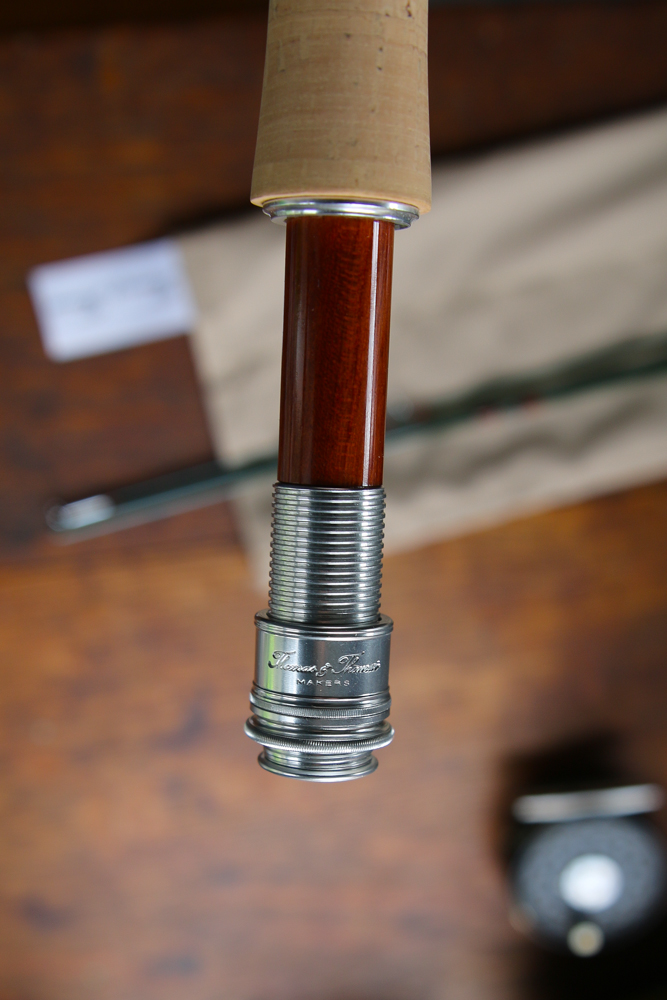
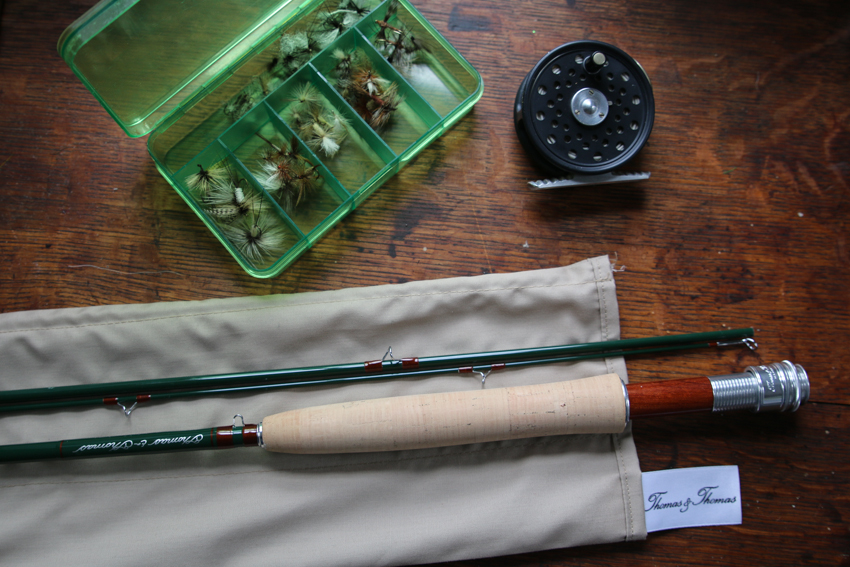
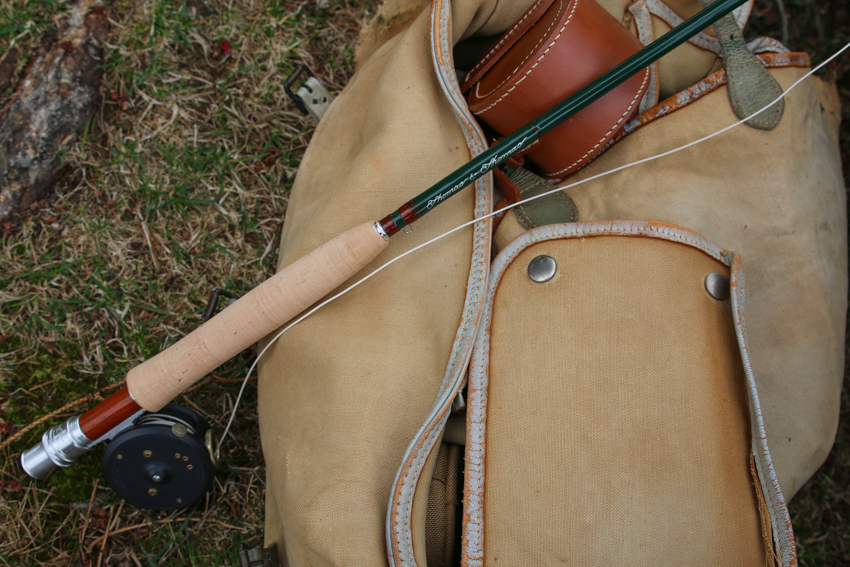
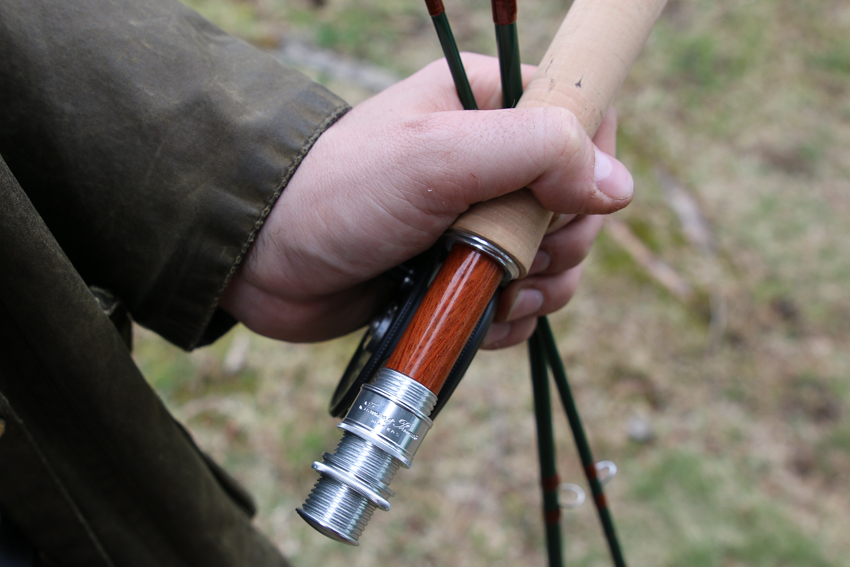
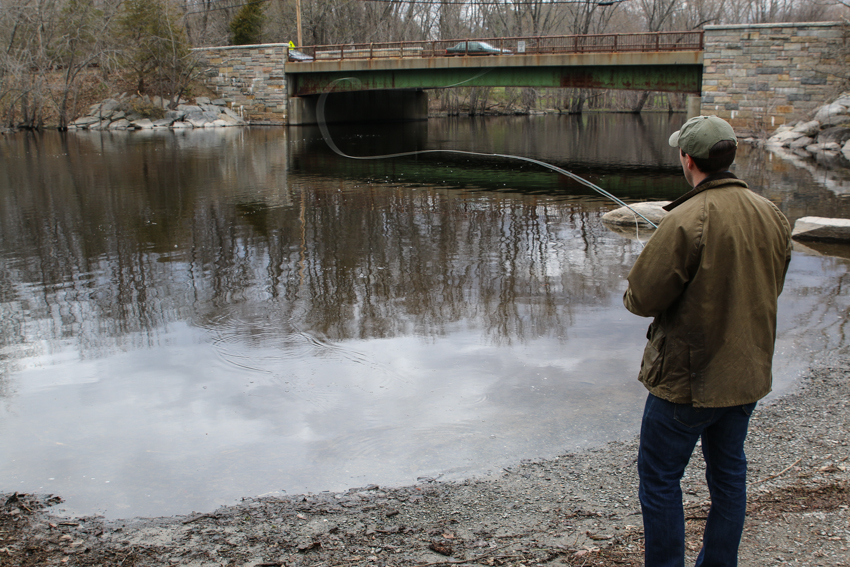
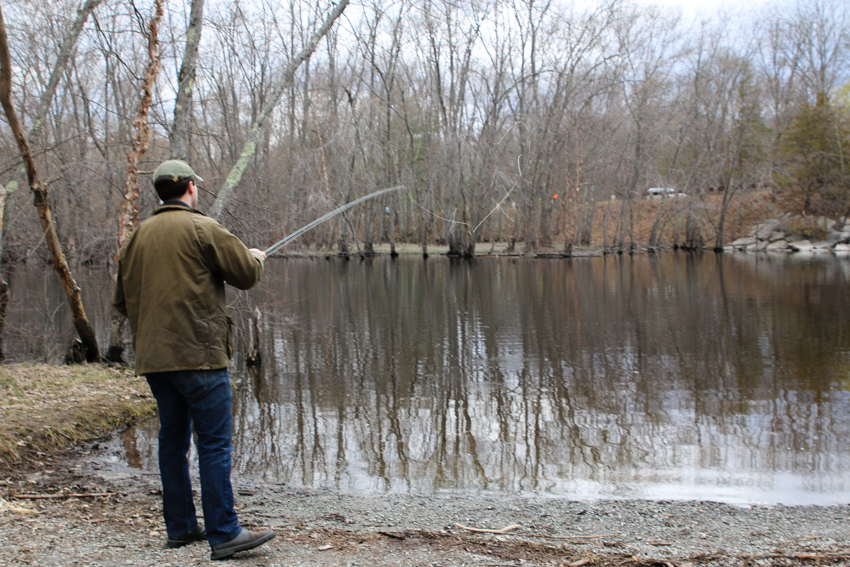
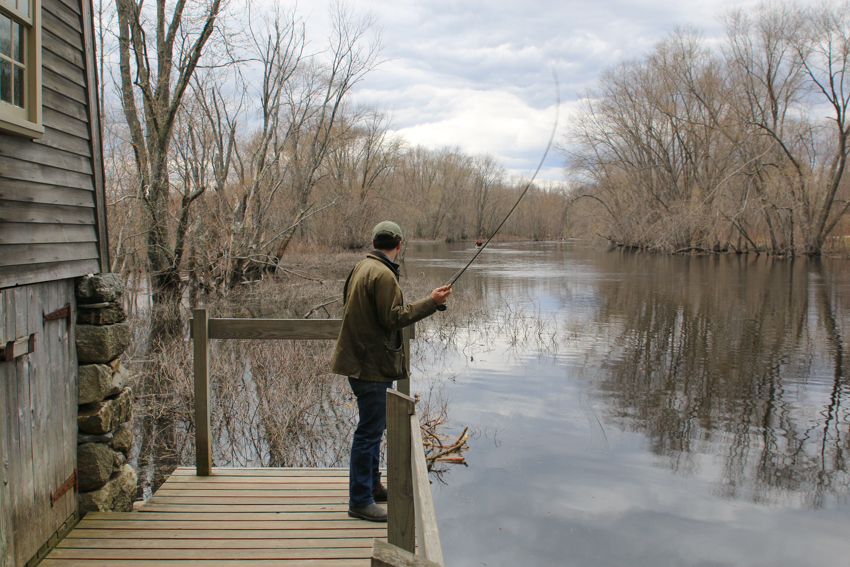
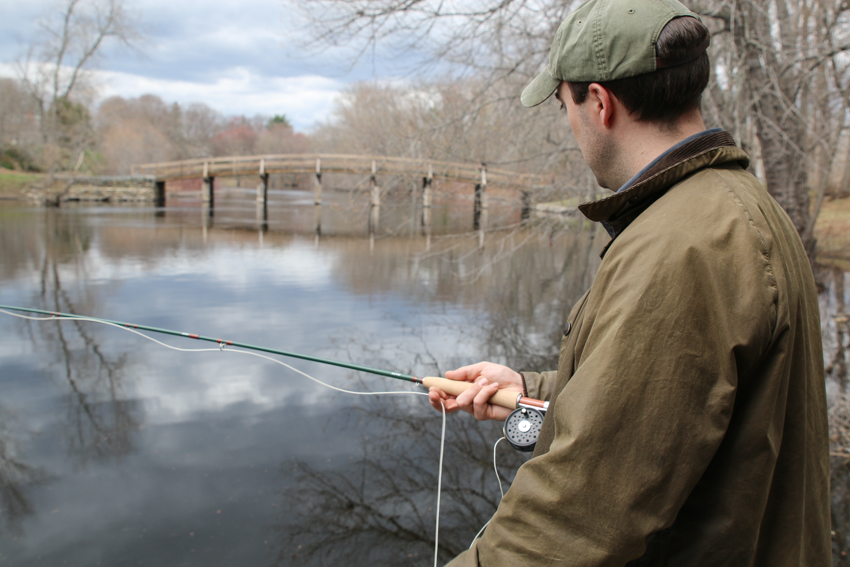
Pingback: Thomas & Thomas glass rod review. - The North American Fly Fishing Forum
Greetings from Tasmania.
Good review of a fine rod. Have a couple of graphite T & Ts, excellent rods but victims of the faster/further/fiercer syndrome. Have only just returned to fiberglass at least for our small rivers and lakes. Keep up the good work.
Kind regards
Paul
Thanks, Paul, for the comment. And you have the distinction of being the first to comment from Tasmania! On the list of places I’d love to visit someday. Take care, Ben
Ben,
Great Review, Gorgeous Rod. What everyone misses though is that the fly line is by far and away the most important component. You could take a poor fly line and make that beautiful little T&T feel horrible. Conversely, the right line combination will make even a decent caster/fisherman want to put that rod under his pillow at night. On balance though, a great caster can make anything work….really. “It ain’t the arrow, it’s the Indian”. Let’s do away with faster/farther/fiercer, and get back to feel/fun….
Cheers
RM Rogers
Robert: Thanks for the comment — glad you like the review, and the rod. I agree that matching the line is critically important; a great rod with the wrong line simply won’t work. That said, a terrible rod with a great line doesn’t work great, either. It’s the marriage of both. One of the reasons I like the fiberglass is the feel and fun. You don’t have to huck it far to have fun. Thanks again for commenting!